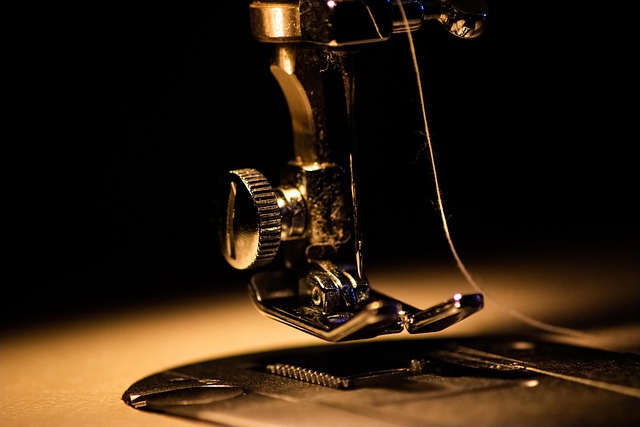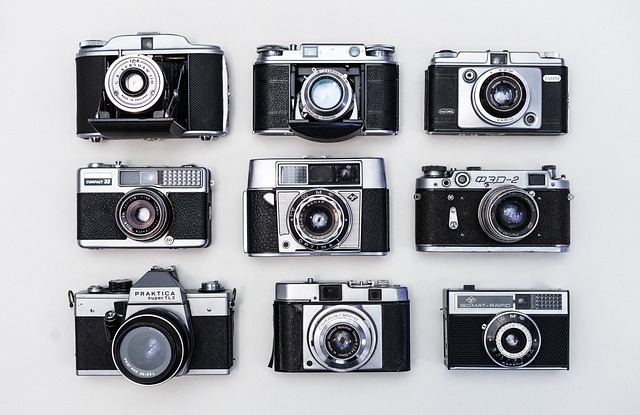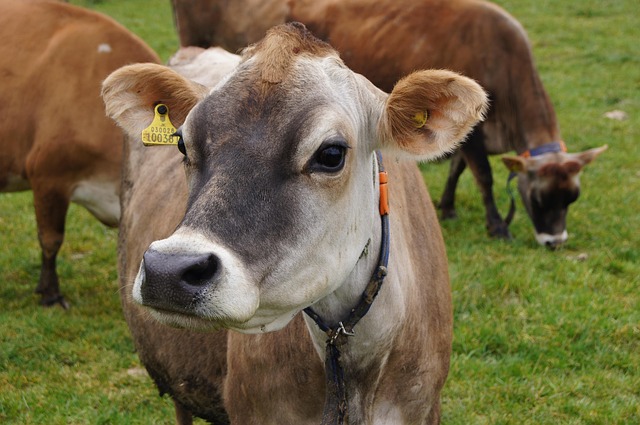The world of fashion is a vibrant tapestry, woven from the threads of creativity, culture, and innovation. At the heart of this dynamic industry lies the textile industry, a fundamental force that shapes how we express ourselves through clothing. Understanding the evolution of fashion necessitates an appreciation of textiles—how they are produced, the materials used, and the technology behind them.
Historically, textiles have been at the forefront of human civilization. From the intricate weavings of ancient civilizations to the modern digital prints we see today, the textile industry has continually adapted and transformed in response to societal changes. Each era brought new materials and techniques, reflecting the aesthetics and values of the time. Think of the luxurious silk of the Tang Dynasty or the natural dyes used in indigenous cultures—all of these stories begin in the textile realm.
The rise of fast fashion marked a significant turning point in the relationship between the textile industry and fashion. While it democratized trends and made clothing more accessible, it also highlighted the environmental and ethical challenges associated with mass production. As consumers, we became more conscientious, seeking brands that prioritize sustainability and environmental responsibility. This shift has prompted the textile industry to innovate, paving the way for organic cotton, recycled textiles, and eco-friendly dyes.
Yet, it’s not just about sustainability; the technological advancements in the textile industry have also redefined fashion. Digital printing, 3D knitting, and intelligent textiles that adapt to the wearer’s body showcase how innovation can enhance both aesthetics and functionality. Designers are now able to build collections that are not only visually stunning but also practical, reflecting the busy lifestyles of today’s consumers.
Moreover, the globalization of the textile industry has facilitated the exchange of cultural fashion influences. Traditional techniques from one part of the world can now be incorporated into modern designs, creating hybrid styles that celebrate diversity. From African prints to Japanese kimonos, these textiles empower narratives that transcend borders, allowing individuals to connect with the stories and histories behind what they wear.
As we look to the future, the role of the textile industry in fashion will undoubtedly continue to evolve. With growing awareness of sustainability and technological advancements, we are poised to witness a shift towards a more ethical and innovative fashion landscape. The fabrics we wear will not only signify our personal style but also our values and beliefs, offering a deeper connection to the clothes that adorn our bodies.
In this ever-changing world of fashion, the textile industry remains a cornerstone. It challenges us to consider not just what we wear, but the implications of our choices and the stories behind our garments. Let’s embrace this journey of evolution, weaving our narratives into the vast tapestry of fashion.




